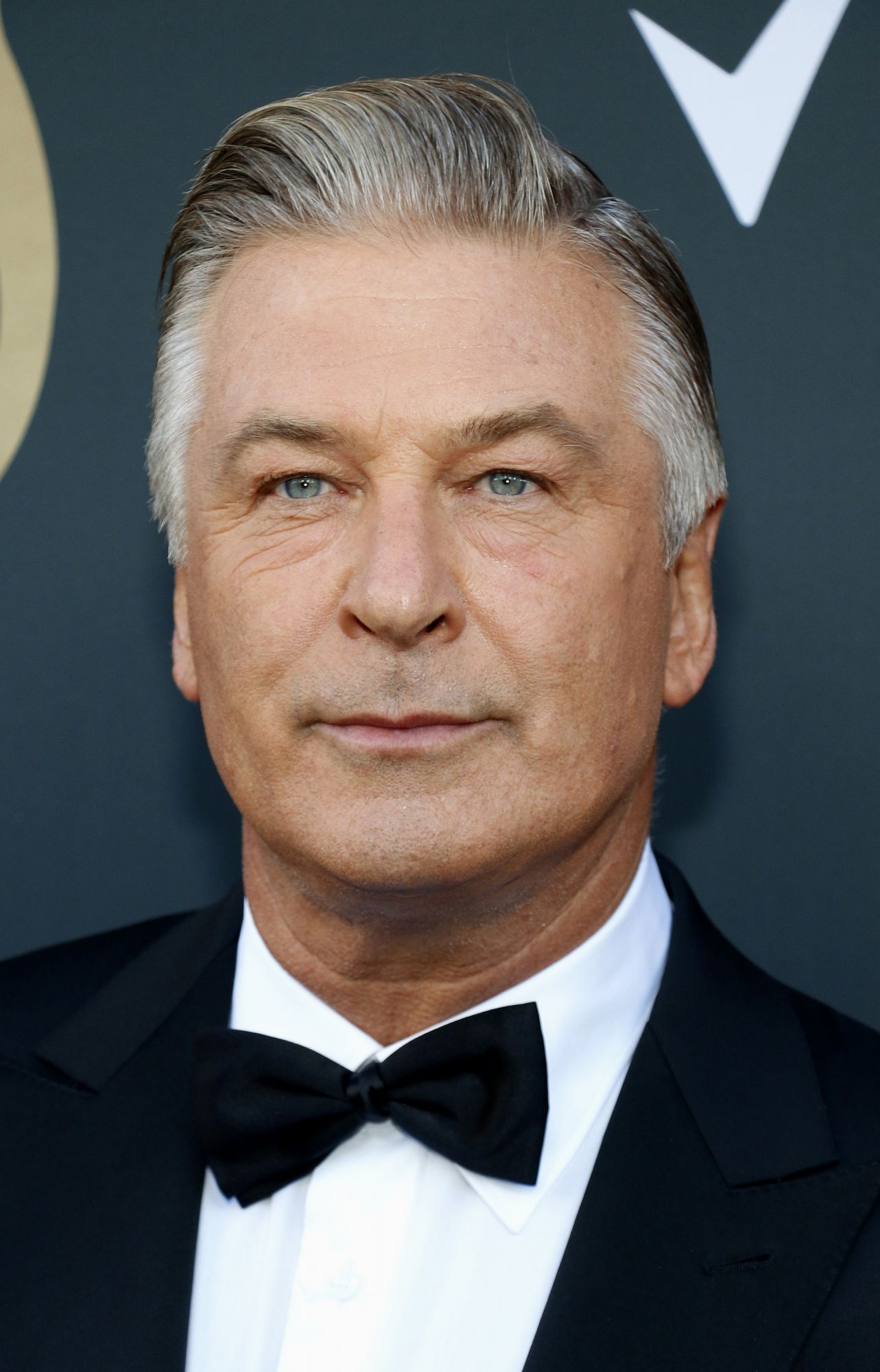I am sure when Alec Baldwin was brushing his teeth that morning, getting ready to head to the film set, he wasn’t thinking about being charged with involuntary manslaughter. However, we have to turn our minds to keeping ourselves and our colleagues safe at work. Failing to do so can result in serious liability for employers and anyone involved in creating an unsafe work environment.
The connection between accountability, the workplace, and intentions was made clear earlier this week when we heard Alec Baldwin would be charged with involuntary manslaughter in relation to the on-set death of Cinematographer Halyna Hutchins. During rehearsal, the prop gun misfired, struck and killed Hutchins, and injured another bystander, Joel Souza. The District Attorney announced they will not lay additional charges against Baldwin in relation to Souza.
You’re probably wondering how someone can be charged with such an offence when they did not intend to harm, and it was not their responsibility to ensure the environment was a safe one. This example conjures up many criminal law issues about the state of mind and intention. I feel this should be next year’s fact pattern on a law school exam. In Canada, to be charged with manslaughter, you have to have done something unlawful that caused a person’s death, but you did not intend to kill them.

According to media reports, Hutchins’s death was previously ruled an accident, but the Santa Fe District Attorney re-reviewed the case and has decided to prosecute. Baldwin reports he was handed a gun which he understood to be safe, and that he was pointing it where directed. He has denied pulling the trigger. He is likely to advance a defence that relies on what he was told; that the gun was unloaded and proven safe. The production’s weapons expert, the armourer, also faces the same charge. The assistant director was charged with and has pleaded guilty to negligent use of a weapon. This case will come down to whose responsibility it was for the prop gun to be safe for use on-set and whether any of Alec Baldwin’s actions caused Halyna Hutchins’ death.
Whether you are on-set, on a worksite, or in the office, employers and managers have a duty to keep their employees safe. This requirement in Ontario comes from the Occupational Health and Safety Act (OHSA). This law is meant to provide workers with minimum protections against unsafe working conditions. This means that when someone is injured, or there is a fatality, the employer can be held accountable. Breaches of these laws can lead to provincial prosecutions by the Ministry of Labour and, in certain cases, criminal charges. An example of a recent high-profile case is the Live Nation prosecution that moved through the Toronto courts from 2013 to 2017. In that case, the event producer, Live Nation, and their engineer were charged when the stage collapsed before a Radiohead concert, killing one person and injuring three. Those charges have ultimately been stayed for court delay.
Ensuring that you have the policies, procedures and training in place long before an incident happens is the key to managing risk and ensuring workplace safety. If you have a critical incident involving injuries, a fatality, or police, or are facing an investigation and need advice, get in touch to understand your legal rights and obligations.

